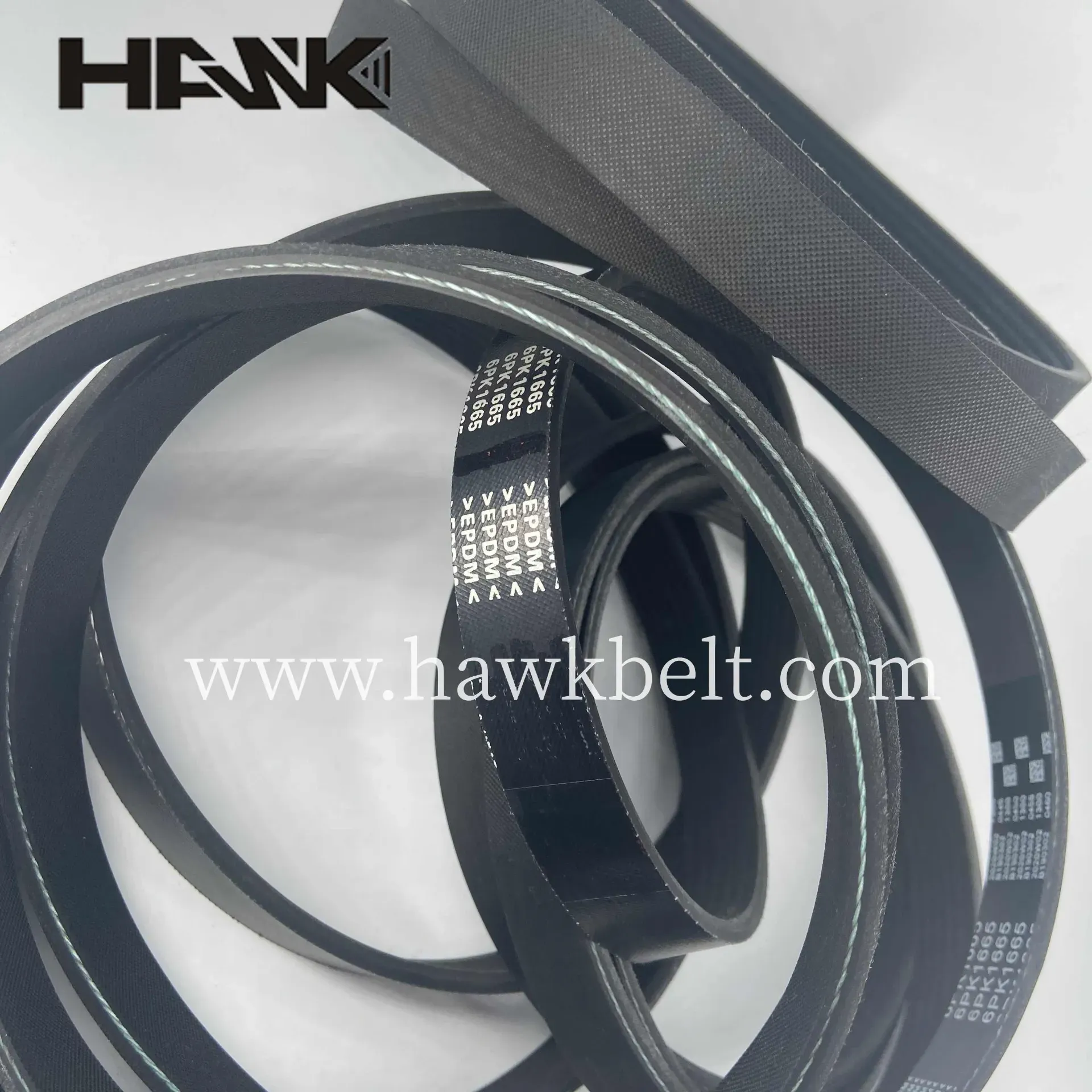- Arabic
- French
- Russian
- Spanish
- Portuguese
- Turkish
- Armenian
- English
- Albanian
- Amharic
- Azerbaijani
- Basque
- Belarusian
- Bengali
- Bosnian
- Bulgarian
- Catalan
- Cebuano
- Corsican
- Croatian
- Czech
- Danish
- Dutch
- Afrikaans
- Esperanto
- Estonian
- Finnish
- Frisian
- Galician
- Georgian
- German
- Greek
- Gujarati
- Haitian Creole
- hausa
- hawaiian
- Hebrew
- Hindi
- Miao
- Hungarian
- Icelandic
- igbo
- Indonesian
- irish
- Italian
- Japanese
- Javanese
- Kannada
- kazakh
- Khmer
- Rwandese
- Korean
- Kurdish
- Kyrgyz
- Lao
- Latin
- Latvian
- Lithuanian
- Luxembourgish
- Macedonian
- Malgashi
- Malay
- Malayalam
- Maltese
- Maori
- Marathi
- Mongolian
- Myanmar
- Nepali
- Norwegian
- Norwegian
- Occitan
- Pashto
- Persian
- Polish
- Punjabi
- Romanian
- Samoan
- Scottish Gaelic
- Serbian
- Sesotho
- Shona
- Sindhi
- Sinhala
- Slovak
- Slovenian
- Somali
- Sundanese
- Swahili
- Swedish
- Tagalog
- Tajik
- Tamil
- Tatar
- Telugu
- Thai
- Turkmen
- Ukrainian
- Urdu
- Uighur
- Uzbek
- Vietnamese
- Welsh
- Bantu
- Yiddish
- Yoruba
- Zulu
Oktoba . 11, 2024 11:56 Back to list
Exploring the Benefits of HNBR Rubber in Timing Belt Applications for Enhanced Performance
Understanding HNBR Rubber Timing Belts Features, Benefits, and Applications
In the world of manufacturing and automotive components, materials play a crucial role in determining performance, durability, and efficiency. One material that has gained particular attention in recent years is Hydrogenated Nitrile Butadiene Rubber (HNBR). Known for its excellent mechanical properties and resistance to a variety of environmental factors, HNBR is increasingly being used in the production of timing belts. This article will delve into the characteristics, advantages, and applications of HNBR rubber timing belts, illustrating why they are becoming the preferred choice for many engineers and manufacturers.
What is HNBR?
HNBR is a synthetic rubber that is derived from the hydrogenation of nitrile rubber (NBR). This process alters the structure of the rubber, enhancing its resistance to heat, oil, and wear, which are vital attributes for automotive and industrial applications. The result is a highly versatile rubber that offers superior resilience compared to traditional elastomers.
Features of HNBR Rubber Timing Belts
1. Oil and Fuel Resistance One of the standout features of HNBR is its exceptional resistance to a wide range of hydrocarbons, including oils and fuels. This makes HNBR rubber timing belts particularly suitable for automotive applications where exposure to engine oils is common.
2. High Temperature Stability HNBR can withstand high operating temperatures, typically ranging up to 150°C (302°F). This ability to maintain performance in extreme temperatures makes it an ideal material for timing belts used in high-performance engines.
3. Mechanical Strength HNBR has excellent tensile strength and elongation properties. This means that timing belts made from this material can handle significant stress during operation without the risk of breaking or deforming.
4. Aging Resistance One of the critical factors affecting the longevity of rubber components is their resistance to aging and ozone degradation. HNBR exhibits remarkable resistance to both, ensuring that timing belts maintain their integrity over extended periods, even when exposed to harsh environmental conditions.
5. Low Noise Operation The unique composition of HNBR allows for quieter operation when used in timing belt applications, which is a valuable attribute in enhancing overall user experience in vehicles and machinery.
Benefits of HNBR Rubber Timing Belts
hnbr rubber timing belt

The adoption of HNBR rubber timing belts translates into numerous benefits for manufacturers and end-users alike
- Increased Longevity Due to their superior resistance to wear and environmental factors, HNBR timing belts have a longer service life. This not only reduces the frequency of replacements but also lowers maintenance costs over time.
- Improved Performance The mechanical properties of HNBR enhance the overall performance of machinery and engines. Timing belts that operate efficiently lead to better fuel efficiency and reduced emissions in automotive applications.
- Versatility While primarily utilized in automotive applications, HNBR timing belts can also be found in various industrial machinery, from conveyor systems to robotics. Their versatility makes them suitable for a broad spectrum of applications.
Applications of HNBR Rubber Timing Belts
1. Automobile Engines HNBR timing belts are commonly used in vehicle engines, driving components such as camshafts and crankshafts. Their heat and oil resistance make them particularly effective in high-performance and heavy-duty vehicles.
2. Industrial Machinery In industrial settings, HNBR timing belts are utilized in conveyor systems, packaging machines, and robotics, where they contribute to high-speed operations and precision movements.
3. Aerospace Due to their reliability and strength, HNBR timing belts are also finding their way into aerospace applications, ensuring that engine components function seamlessly under high-stress conditions.
4. Agricultural Equipment HNBR timing belts are used in various agricultural machinery, ensuring optimal performance even in harsh working conditions.
Conclusion
HNBR rubber timing belts represent a significant advancement in the field of materials for mechanical components. Their exceptional properties, such as oil and heat resistance, mechanical strength, and longevity, make them an ideal choice for various applications, particularly in the automotive industry. As technology continues to evolve and the demand for durable, efficient components increases, HNBR timing belts are poised to play an even more prominent role in innovation and performance enhancement. As manufacturers seek ways to improve efficiency and reduce costs, HNBR rubber timing belts will undoubtedly remain at the forefront of engineering solutions.
-
Korean Auto Parts Timing Belt 24312-37500 For Hyundai/Kia
NewsMar.07,2025
-
7PK2300 90916-T2024 RIBBED BELT POLY V BELT PK BELT
NewsMar.07,2025
-
Chinese Auto Belt Factory 310-2M-22 For BMW/Mercedes-Benz
NewsMar.07,2025
-
Chinese Auto Belt Factory 310-2M-22 For BMW/Mercedes-Benz
NewsMar.07,2025
-
90916-02660 PK Belt 6PK1680 For Toyota
NewsMar.07,2025
-
drive belt serpentine belt
NewsMar.07,2025

